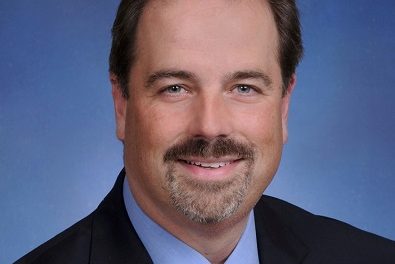 Ask a healthcare executive what the number one priority of their organization is and, without hesitation, most answer patient care (or something close to that). However as you expand that question to other parts of the organization, you sometimes get very different answers.
Ask a healthcare executive what the number one priority of their organization is and, without hesitation, most answer patient care (or something close to that). However as you expand that question to other parts of the organization, you sometimes get very different answers.
So where is the disconnect? It seems the further away from the leadership team you get, the more the priorities of the department or the individual change. Procurement says ‘saving money’, janitors say ‘making the place look clean’, receptionist replies, ‘accurate paperwork’, and so on … world class health organizations get it. They never prioritize tasks over people. Unfortunately, all too often, our folks do just that on a daily basis.
In organizations who struggle a bit, inevitably, the task at hand (which may be important) becomes more important than the patient who needs attention or may be standing right in front of them. We witness countless doctors walking briskly by patients or family members in the hall without even an acknowledgement because their brains are going and they are focused on the task at hand.
In a way, it is human nature, and also years of ingrained traditional healthcare protocol. I am not saying the doctor should stop and have a ten minute conversation, but how much extra effort would it take to look up and smile, or maybe say ‘how are you today?’
Sometimes it really is that simple to begin to change the culture. Develop little things that will make your team better at always being focused on the person, not the task at hand. One organization I was particularly impressed with really seemed to get it. Everyone would always stop what they were doing and acknowledge the person in front of them.
When I asked an exec how this was possible, the reply was simple but impactful. “We have told our team to treat everyone they encounter as a terminal patient. Obviously 99% of the time, that is not the case, but treating everyone with that sort of attention and compassion, has changed our culture and our total focus on the patient.” Pretty powerful.


























